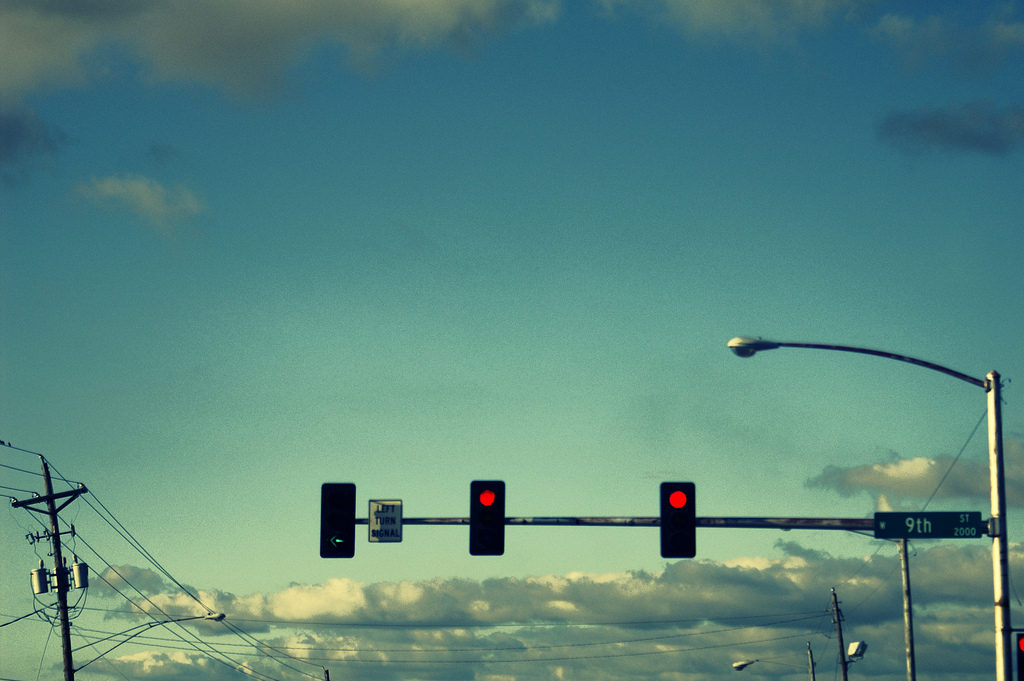
We all spend time sitting at red lights – sometimes it seems like a whole lot of time. There is a fair amount of science applied in the design of traffic signals that at least has the aim of easing congestion and improving traffic safety.
Signals in modern cities are timed using optimization models that analyze multiple factors including traffic volume and speed with the goal of safely getting as many vehicles as possible through intersections. It sure doesn’t seem that way in many places, but that is the intent in any case.
But a real problem with these models is that they assume normal conditions including weather conditions. In places that experience real winter conditions, the assumptions of traffic models fail. If the road surface is covered with snow and ice and visibility is poor, variables like speed and stopping distances become very different.
Researchers at the University of Waterloo in Canada collected data from real-world intersections and ran computer simulations to determine the effects of adjusting traffic signal behavior in bad weather (as well as in the presence of other conditions such as accidents or construction.) They found that such adjustments could reduce traffic delays by as much as 20%.
Cities with computerized signal systems are already equipped to remotely and inexpensively adjust the timing of traffic lights. To gain the benefits of smarter signals, there would need to be video cameras and a certain amount of artificial intelligence software that would be able to automatically tweak the timing of lights in response to traffic changes caused by weather, accidents or construction.
It sounds like a great idea.
**********
Web Links
Weather-responsive intersections could ease traffic congestion
Photo, posted September 22, 2009, courtesy of Tristan Bowersox via Flickr.
Earth Wise is a production of WAMC Northeast Public Radio.
Leave a Reply